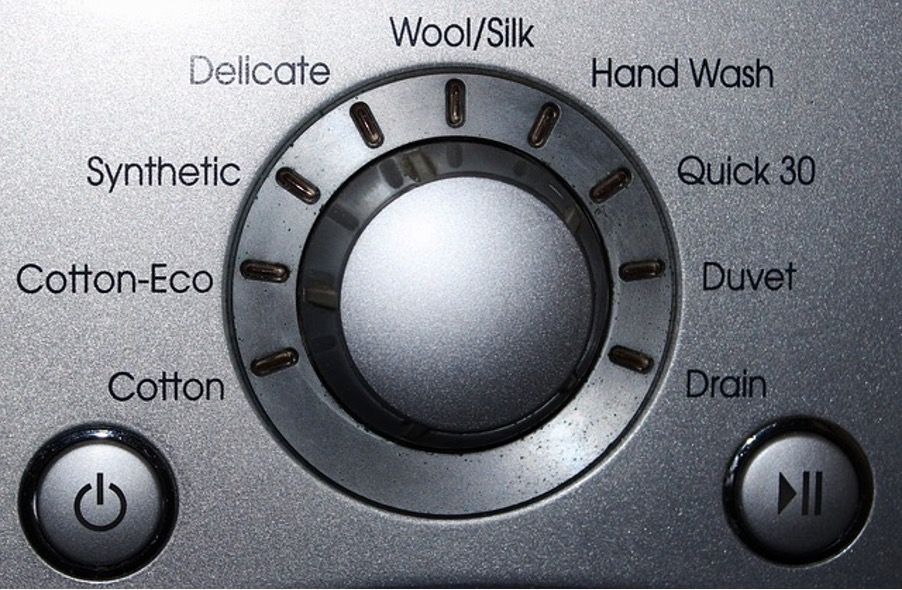Will MTD ITSA be the next big gift from the accounting profession
Question…
Should accountants charge for the additional work and obligations they will have when MTD ITSA finally comes into play next April?
Not sure? Let me ask another one…
Should business owners and taxpayers be expected to pay for the work that their accountant does for them and for the expertise that they receive?
Put down in black and white, the answer seems obvious but there are many in the profession who are losing sleep over this issue.

Question…
Should accountants charge for the additional work and obligations they will have when MTD ITSA finally comes into play next April?
Not sure? Let me ask another one…
Should business owners and taxpayers be expected to pay for the work that their accountant does for them and for the expertise that they receive?
Put down in black and white, the answer seems obvious but there are many in the profession who are losing sleep over this issue.
Should we charge for our professional services and should clients expect to pay for them aren’t difficult questions. They only become problematic once we start lining up the barriers that we perceive to us charging and introduce the word “how’.
“How can we charge when…
· our clients think we are expensive as it is”
· our clients won’t want to pay more”
· our clients can’t afford it”
· our clients will just go somewhere else”
· there is too much cheaper competition in the market place”
· clients will just do it themselves”
· we’ll get the blame for this”
· there is no new added value”
These worries make us forget our answer to the ‘should we’ question.
We cannot forget the ‘should we’ question. The answer to ‘Should we charge for our additional professional services, advice and support when it comes to MTD and should clients expect to pay for them’ is very easy…
Yes, we should… and must, unless MTD is to become our next big giveaway!
The issue is not “it’s too hard so we won’t” but “We should and so we must”.
Once we accept that we must then our focus can move onto the how.
Step 1: Make sure that you are informed
It may seem obvious but you and your team must be technically competent and abreast of the changes and new rules. Don’t short change your training needs.
Step 2: Appreciate your value
Take a good look at yourself. Commonly, accountants don’t believe enough in the value of what they offer. We don’t ‘just do compliance’. We take the hassle, stress and time-cost away from clients and give them confidence that everything is done right. Add to that the tax knowledge that we bring to the table and the value is huge.
If you don’t appreciate this value then how will your clients? You can’t increase your charges if you, yourself, don’t believe that you are worth it. Sit down with your team and look at the true value of what you probably take for granted.
Step 3: Clean the decks
2025 is the year when you review your production processes and training to ensure that you are as effective and efficient as you can be. That way, you can be confident that you can handle the increased workload and also that you are as cost effective as you can be. You don’t want to be bringing avoidable extra cost into the equation to muddy the pricing strategy. Sit down with your team and talk to your fintech and digital partners. Where can we be more efficient? What mundane and repetitive tasks can we automate?
Step 4: Prepare your clients early
Firms are already forewarning their clients of the changes coming up and reviewing the clients’ readiness. That’s a good place to start. Planning for MTD ITSA is for throughout 2025 and not post 31st January 2026. Clients need to know from you what is happening, what it means for them, what their responsibilities are and what you are doing to help and support them.
Step 5: Remove unresponsive clients
We’ve all put up with clients who simply aren’t prepared to sort themselves out. Whilst there has been sufficient capacity in an annual cycle to manage these (even though they cost us money and detract us from our best clients), they can no longer be entertained in the upcoming quarterly regime. Clients who don’t work with you have to go, for the sake of all your more responsible clients and the welfare of you and your team.
Step 6: Plan you client options
You are going to be charging your clients more, unless your efficiency savings are so spectacular that you have no commercial need….and, if that is the case, just what have you been doing these last few years!
There are two vital things to consider:
1. Its right and fair that you give your clients options so they know they have a choice
2. It’s commercially critical that you spell out the benefits and downsides to those options
I envisage something like four options:
a) DIY
Some clients won’t accept your charges and will believe the advertising about how easy it is to do it themselves. That’s their choice. The upside is that they save on fees (at least in the short term). The downside is the stress, hassle, time-consumption, the risk of error and the lack of advice. You don’t necessarily lose them as a client as they may still require other services and can access your advice and support on a PAYG basis. It’s an option.
b) Basic checks
The client still does it themselves but you offer a ‘check and file’ service, for a fee, obviously.
Upside is that they still save some cost and have a better degree of confidence but they still have the hassle, stress and time-consumption of preparing as well as correcting any errors. They also still have to pay extra for advice and other services. Again, it’s an option.
c) Standard MTD ITSA service
The nearest to your existing tax return service. You manage the process whilst the client submits the data (subject to your data requirement rules). You use your expertise properly complete and submit the returns, providing the client with tax management advice as you go. The upside for the client is trust, confidence, correctness and no hassle. The downside, for them, is they pay you a fair fee for the privilege of a quarterly, rather than annual service.
The opportunity you have for delivering greater value here is that you can give regular updates as to the client’s potential tax liabilities, helping them better prepare and manage their cashflow.
d) Premium MTD ITSA service
As for your standard service but includes a higher degree of tax planning and advice. Potentially you can add KPIs and more regular commercial reporting because of the quarterly data.
That last point is an interesting one. For all my decades in the profession, accountants have struggled to get clients to buy into quarterly management services, usually because of the ‘optional’ cost and the lateness of records. Here, the government are mandating the availability of the data and forcing a quarterly regime. What an opportunity this presents for us to take the client relationship up a few notches!
MTD ITSA doesn’t have to be the painful experience that some are dreading. Taking control of client expectations now is the way to manage your way to the start. Fail to do this and you increase your risk of not being able to charge your full service.



Still need more information?

Progress BB. All rights reserved. Website Design & Build by Kangaroo UK.